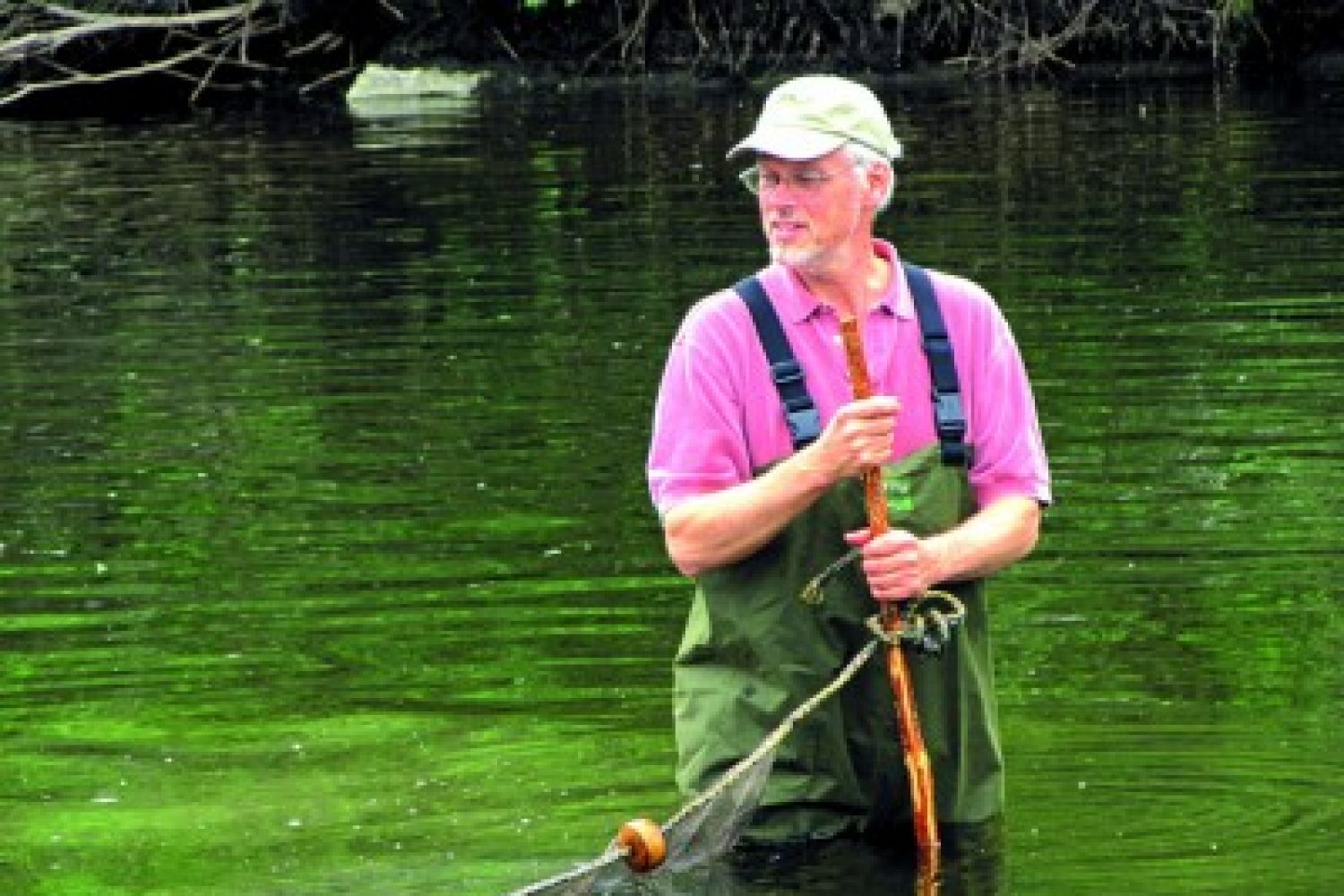
On the first day of his ecology course, Professor John
Waldman takes his undergraduate students around Queens College campus in New
York, and shows them all the nature they’re oblivious to as they gaze at their
cell phones. Though located in New York City, he says, the college’s grounds
host lizards, squirrels, hawks, several non-native bird species, poison ivy,
and edible and medicinal weeds, and each provides the basis for a lesson of
some kind. These nature walks sometimes spark mino





